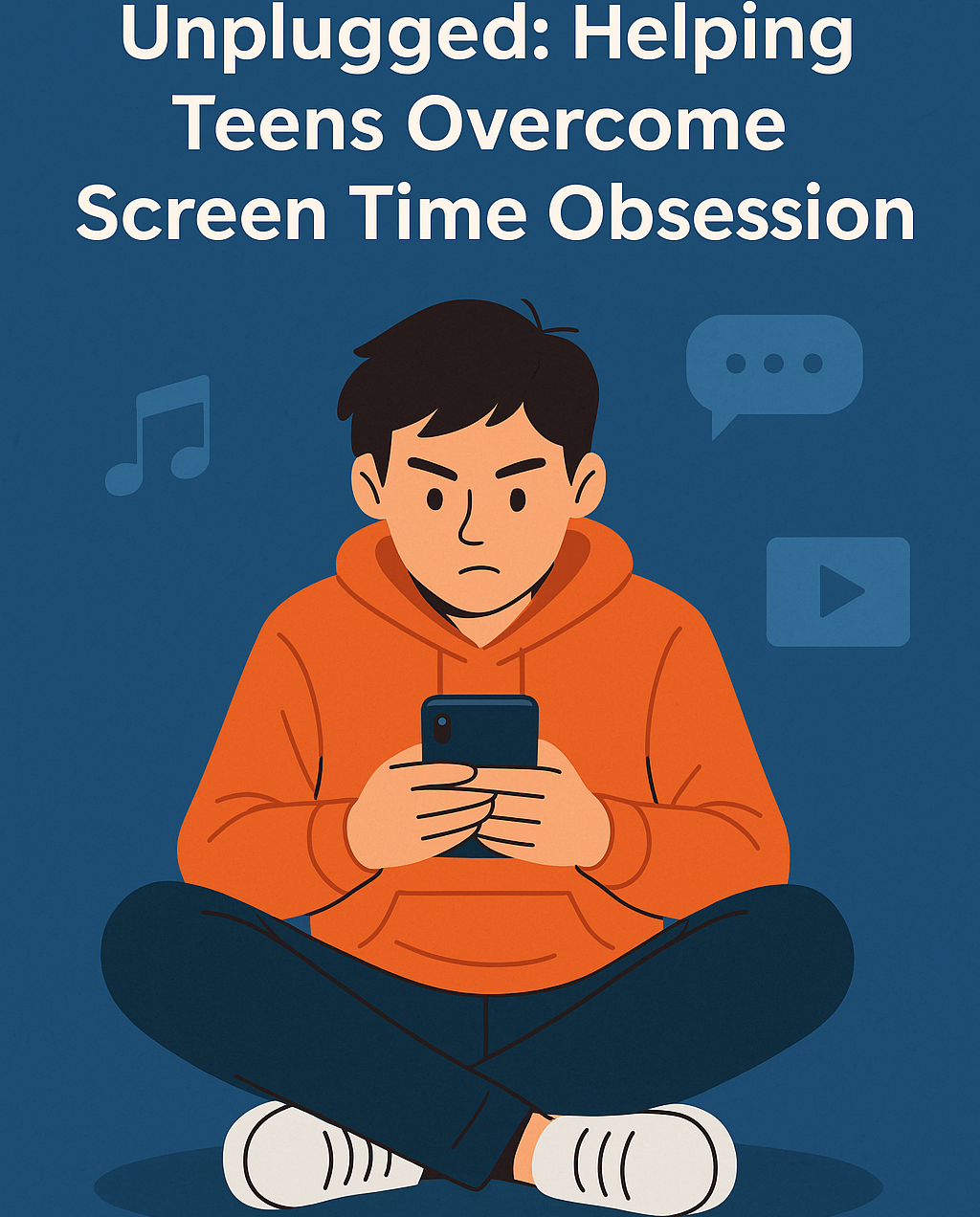Bananas and radiation—at first glance, it sounds like something out of a science fiction movie. But in reality, this quirky combination is a fascinating example of how everyday foods can surprise us with hidden science. Bananas are a beloved snack, loaded with essential nutrients like potassium, fiber, and vitamin B6. What many don’t know is that they’re also slightly radioactive.
Don’t panic though—the radiation in bananas is completely natural and harmless. It comes from potassium-40, a radioactive isotope that’s present in all potassium-rich foods. This harmless fact has even led to the creation of a fun educational term called the Banana Equivalent Dose (BED), used to illustrate just how low the radiation levels really are.
Understanding Radiation in Bananas
What Makes Bananas Radioactive?
Bananas are rich in potassium, an essential mineral for human health. A small fraction of this potassium is the radioactive isotope K-40. This isotope emits radiation as it decays, which is a natural and common process in many foods.
Measuring Radiation: The Banana Equivalent Dose (BED)
To contextualize the radiation from bananas, scientists use the Banana Equivalent Dose (BED). This informal measurement helps compare the radiation dose from a banana to other sources. This informal measurement helps compare the radiation dose from a banana to other sources. For instance, a single banana emits about 0.1 microsieverts of radiation, which is negligible compared to daily background radiation exposure
Comparing Banana Radiation to Other Sources
Everyday Radiation Exposure
Humans are constantly exposed to background radiation from various sources, including:
- Cosmic rays: Radiation from outer space.
- Terrestrial sources: Radiation from soil and rocks.
- Medical procedures: X-rays and CT scans.
In comparison, the radiation from a banana is minuscule. For example, a chest X-ray exposes a person to about 100 microsieverts, equivalent to the radiation from consuming 1,000 bananas.
Other Foods with Natural Radioactivity
Bananas aren’t unique in their radioactivity. Other foods containing potassium-40 include:
- Potatoes
- Carrots
- Beans
- Nuts
These foods are part of a healthy diet and pose no radiation risk.
Health Implications
Is Banana Radiation Harmful?
The radiation dose from consuming bananas is extremely low and not harmful to human health. Our bodies are well-equipped to handle such low levels of natural radiation. In fact, the human body contains its own radioactive isotopes, including potassium-40, due to the natural presence of potassium in our tissues.
Regulatory Perspectives
Health and safety organizations worldwide recognize that the radiation from bananas is insignificant. There are no guidelines advising against banana consumption due to radiation concerns. The benefits of eating bananas, such as their fiber, vitamins, and minerals, far outweigh any negligible radiation exposure.
🍌 Frequently Asked Questions (FAQ) About Bananas and Radiation
❓Are bananas truly radioactive?
Yes, bananas are naturally radioactive due to their potassium content, specifically the isotope potassium-40 (K-40). However, the radiation level is extremely low and not harmful to humans.
❓Is it safe to eat bananas daily?
Absolutely! Consuming bananas daily is safe. The body regulates potassium levels, ensuring that any excess, including radioactive potassium, is excreted, preventing accumulation. McGill University
❓What is the Banana Equivalent Dose (BED)?
The Banana Equivalent Dose is an informal unit used to illustrate radiation exposure levels by comparing them to the radiation received from eating a banana. One BED is approximately 0.1 microsieverts. Wikipedia
❓Can eating too many bananas cause radiation poisoning?
No, it’s virtually impossible. You would need to consume millions of bananas at once to reach harmful radiation levels, which is not feasible. McGill University
❓Do other foods contain natural radioactivity?
Yes, several foods like potatoes, carrots, beans, and nuts also contain natural radioactive isotopes, primarily due to their potassium content.
❓Does banana radiation accumulate in the body over time?
No, the human body maintains potassium homeostasis, meaning it regulates and excretes excess potassium, including radioactive isotopes, preventing accumulation. McGill University
❓Are children and pregnant women at risk from banana radiation?
No, the radiation levels in bananas are negligible and pose no risk to children or pregnant women. Bananas remain a nutritious part of a balanced diet for all age groups.
❓Can bananas set off radiation detectors at airports?
No, the radiation emitted by bananas is too low to trigger radiation detectors used in airports and other security settings.
❓Why is the concept of banana radiation used in education?
The idea of banana radiation helps demystify radiation exposure by relating it to a common, everyday item, making the concept more approachable and less intimidating.
Conclusion
Bananas and radiation might sound alarming together, but the reality is reassuring. The natural radioactivity in bananas is a fascinating scientific fact that poses no health risk. Understanding this helps demystify radiation and highlights the importance of scientific literacy in our daily lives.









